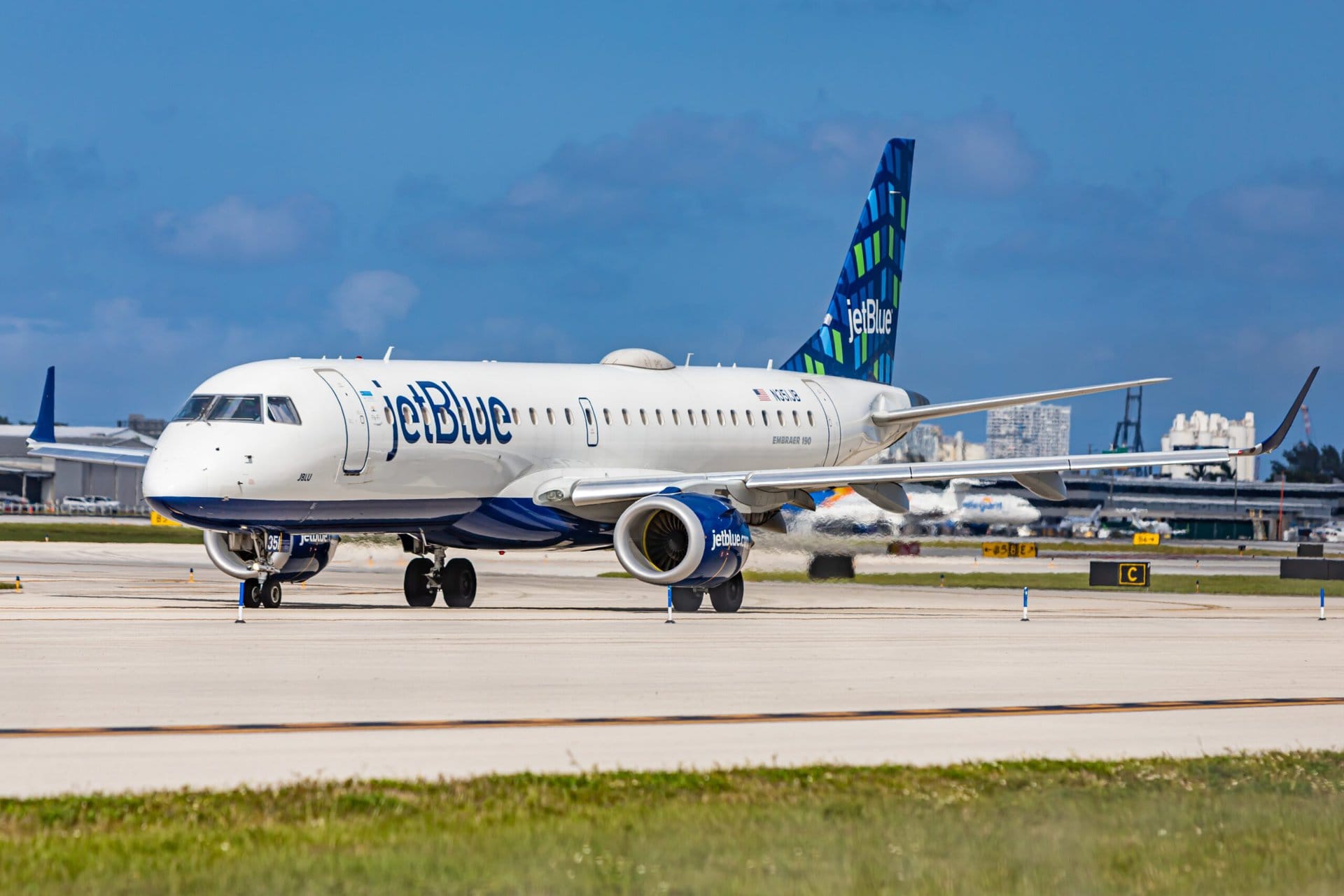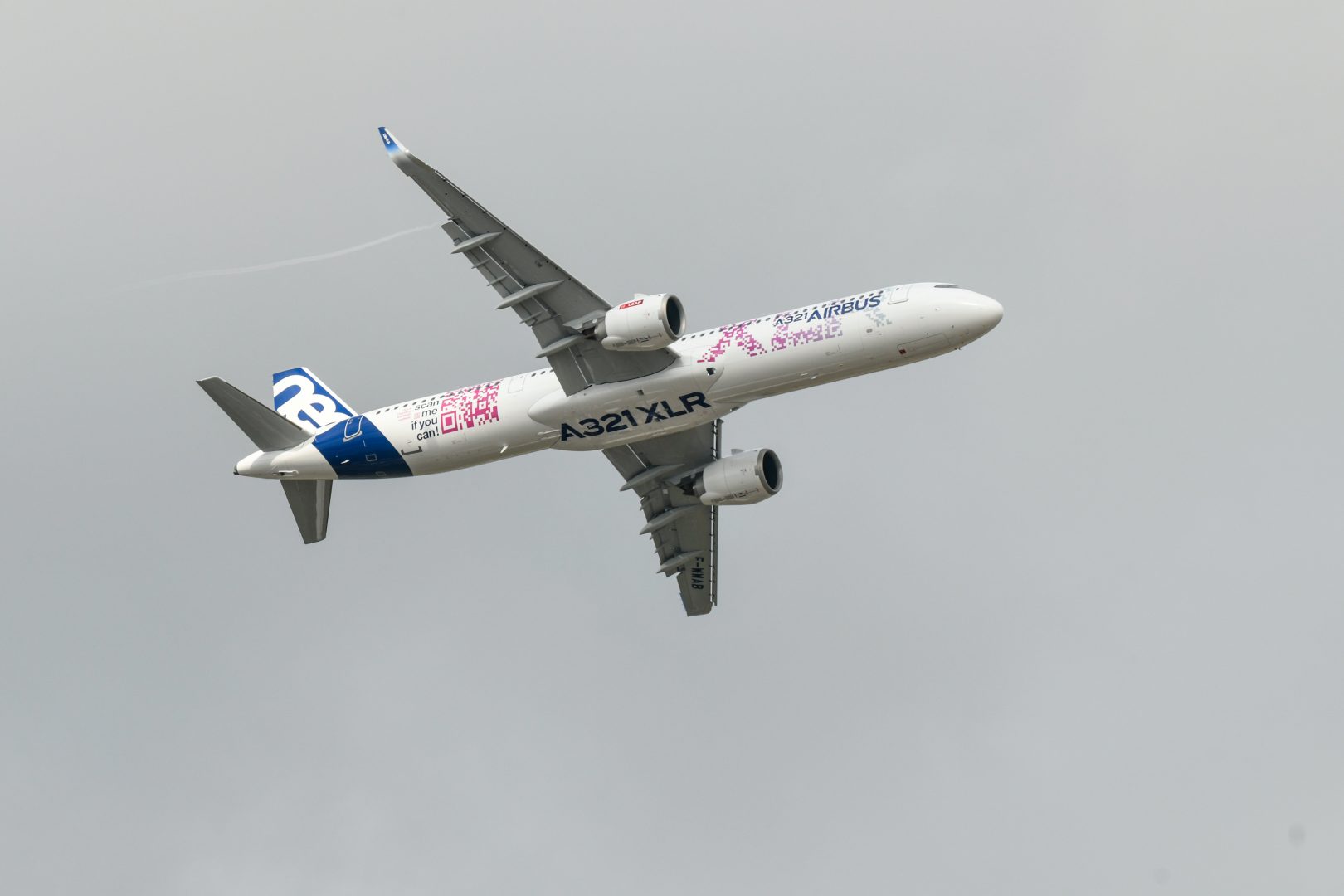Study Reveals the 10 Worst U.S. Airports for Flight Delays
With an average waiting time of more than 100 minutes, Utah's Provo Airport has been named the country's worst for flight delays
by Fergus Cole
May 6, 2024
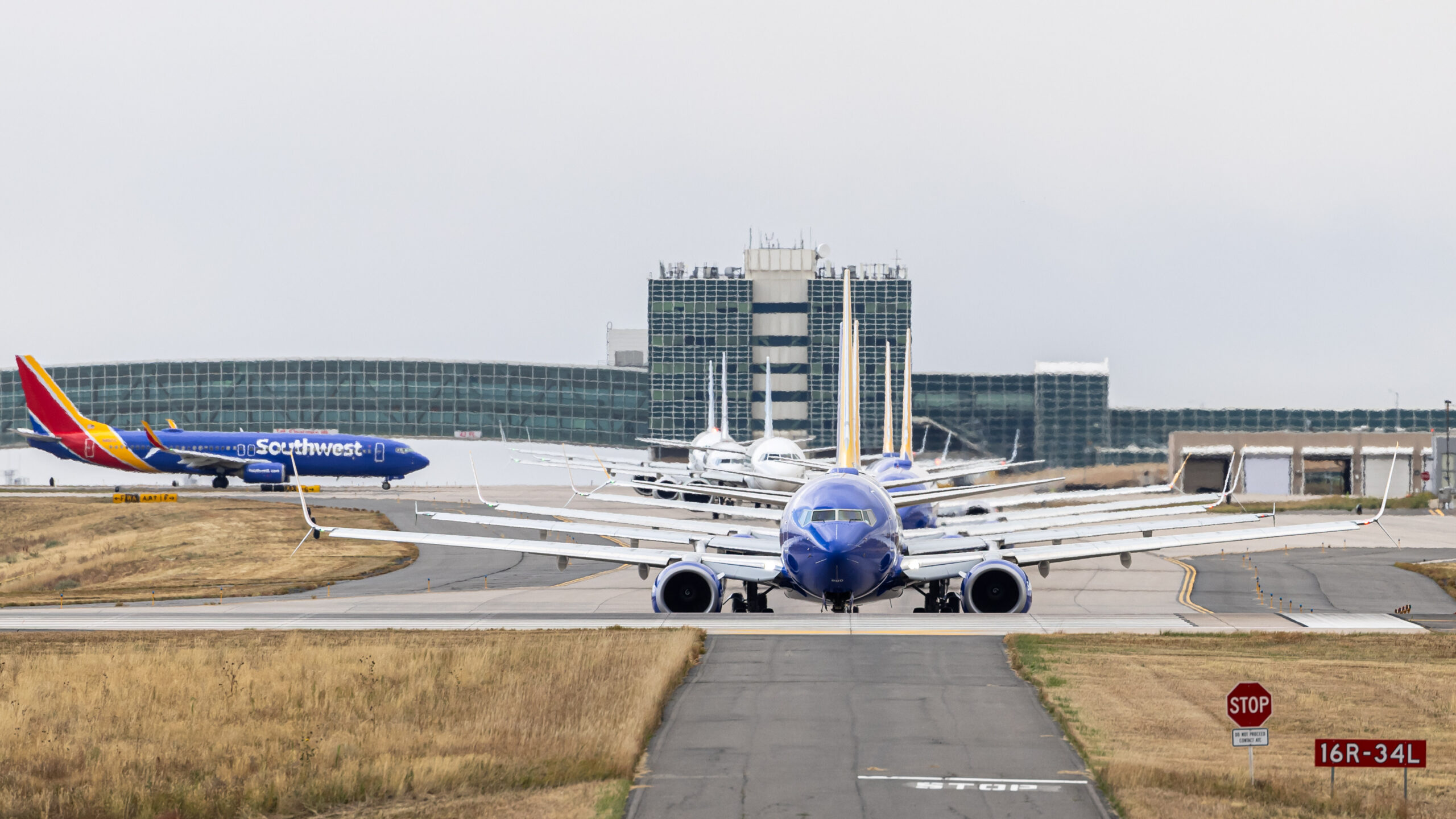
Photo: Courtesy of Denver International Airport.
Air travel, while a convenient mode of transportation, can often turn into a frustrating experience due to flight delays. A recent study by the travel website Places to Travel has shed light on the ten worst airports for flight delays in the United States, revealing the extent of this issue that many frequent air travelers and travel enthusiasts can relate to.
The report, a comprehensive analysis of data from the Bureau of Transportation Services, considered nearly 2 million flights between January 2023 and February 2024. This extensive data set ensures the accuracy and reliability of the findings.
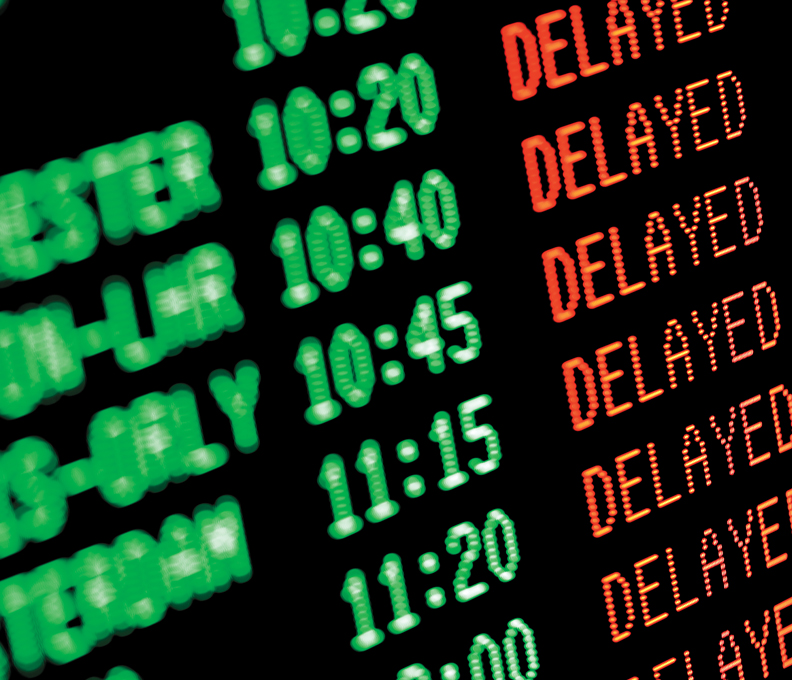
Photo: Getty Images
Rather than simply ranking airports by the total number of delayed flights, the study focused on the longest average delay times, which resulted in several smaller regional airports appearing at the top of the list.
According to the study, Provo Airport (PVU) in Utah is the worst airport in the country, with an average delay time of 1 hour, 42 minutes, and 31 seconds. Although only 2,194 flights landed at this relatively small airport over the 13 months, nearly 40 percent (872) were delayed.
Orlando Sanford International Airport (SFB) takes the second place with an average delay time of over an hour and a half. Approximately 28 percent of its nearly 1,000 flights during the study period were delayed by 15 minutes or more.
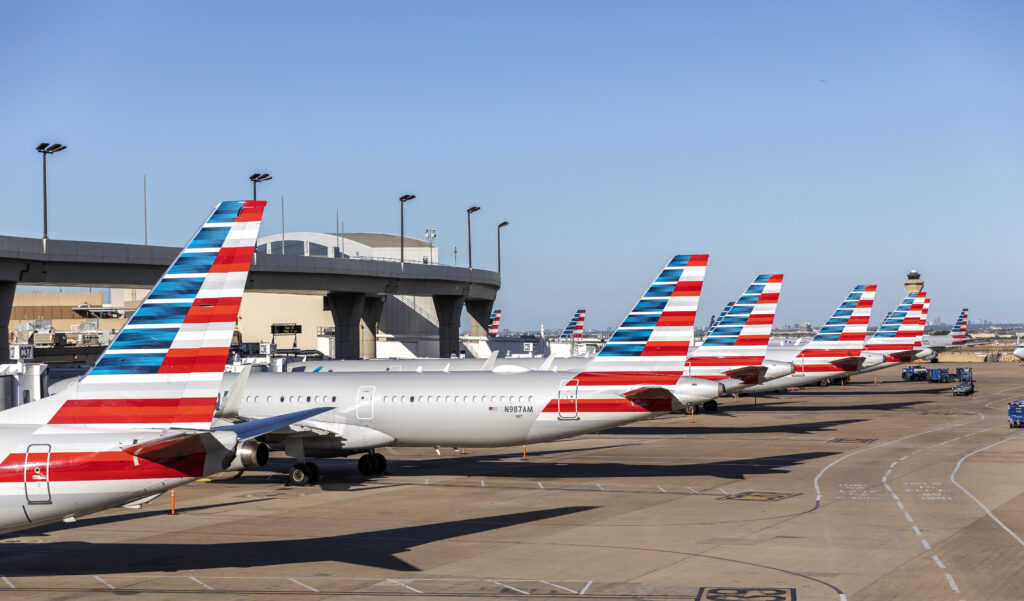
Photo: American Airlines gates. Courtesy of Dallas/Fort Worth International Airport
Dallas/Fort Worth International Airport (DFW), the main hub for American Airlines, ranks third with an average wait time of over 1 hour and 29 minutes. Over 21 percent of its entire flight schedule, or 66,105 flights, experienced delays during the 13-month period.
Charlotte Douglas International Airport (CLT)—also a hub for American Airlines—Philadelphia International Airport (PHL), and New York’s John F. Kennedy International Airport (JFK) are the only other major airports that made it to the top ten, ranking fourth, fifth, and sixth place, respectively.
Top 10 Airports for Most Delays
| Rank | Airport | Planes delayed | Average delay time |
|---|---|---|---|
| 1 | Provo Airport (PVU) | 872 | 1 hour, 42 minutes, 31 seconds |
| 2 | Orlando Sanford International Airport (SFB) | 2,766 | 1 hour, 34 minutes, 53 seconds |
| 3 | Dallas Fort Worth International Airport (DFW) | 66,105 | 1 hour, 29 minutes, 12 seconds |
| 4 | Charlotte Douglas International Airport (CLT) | 40,963 | 1 hour, 28 minutes, 36 seconds |
| 5 | Philadelphia International Airport (PHL) | 20,813 | 1 hour, 26 minutes, 32 seconds |
| 6 | New York John F. Kennedy International Airport (JFK) | 32,815 | 1 hour, 24 minutes, 3 seconds |
| 7 | St. Pete-Clearwater International Airport (PIE) | 1,905 | 1 hour, 23 minutes, 27 seconds |
| 8 | Montgomery Regional Airport (MGM) | 404 | 1 hour, 23 minutes, 5 seconds |
| 9 | Punta Gorda Airport (PGD) | 1,898 | 1 hour, 23 minutes, 52 seconds |
| 10 | Phoenix-Mesa Gateway Airport (AZA) | 1,421 | 1 hour, 21 minutes, 13 seconds |
“Interestingly, the data doesn’t show a clear trend with regard to the size of airports,” said Jason Wilson, CEO of Places to Travel. “People may be perhaps forgiven for thinking that due to the sheer number of flights arriving at some of the larger airports such as San Diego International or Nashville International, these larger airports would regularly be seeing far bigger delays.”
“However, the findings do still show that a massive number of flights are delayed, resulting in traveler stress and potential missed connections, among other consequences, and the air travel infrastructure needs to urgently adapt to handle the massive volumes of passengers to rectify this,” added Wilson.
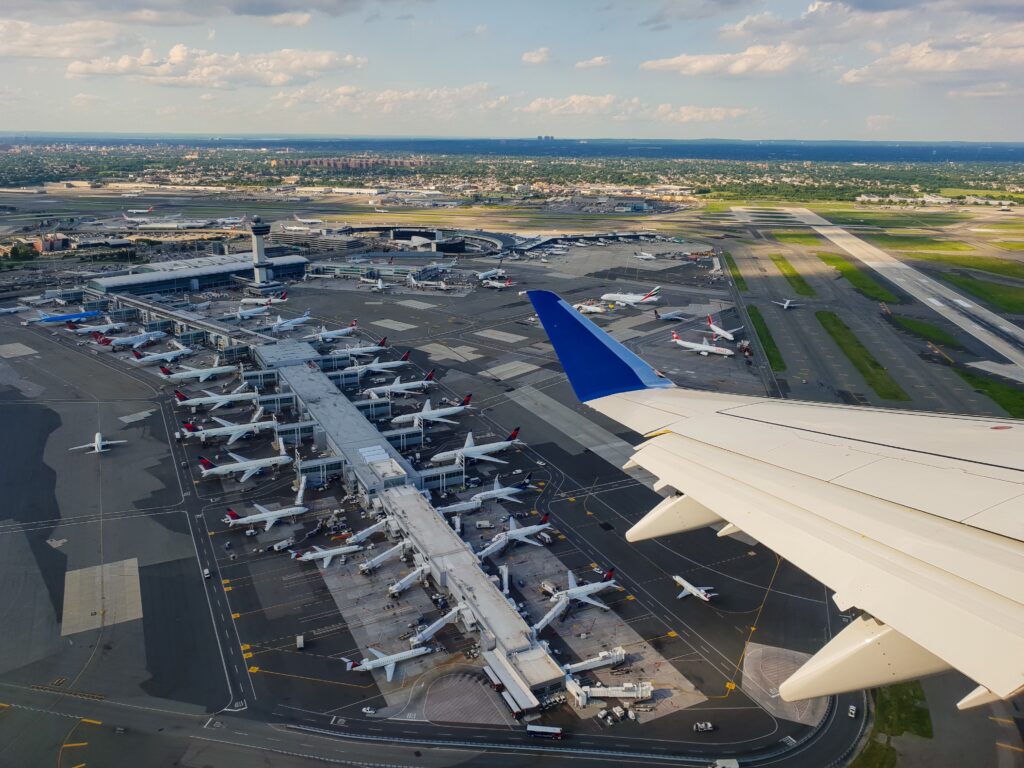
Photo: New York JFK Airport. Courtesy of Miguel Ángel Sanz / Unsplash
The study by Places to Travel highlights the significant issue of flight delays and its impact on air travelers, shedding light on the ten worst airports in the country for flight delays, revealing that smaller regional airports are not immune to the problem.
The findings also suggest that the airport’s size does not necessarily correlate with the number or length of delays, emphasizing the need for the air travel infrastructure to adapt and handle the increasing volume of passengers.
With this information, frequent air travelers and travel enthusiasts can make more informed decisions about their travel plans and be better prepared for potential delays.

